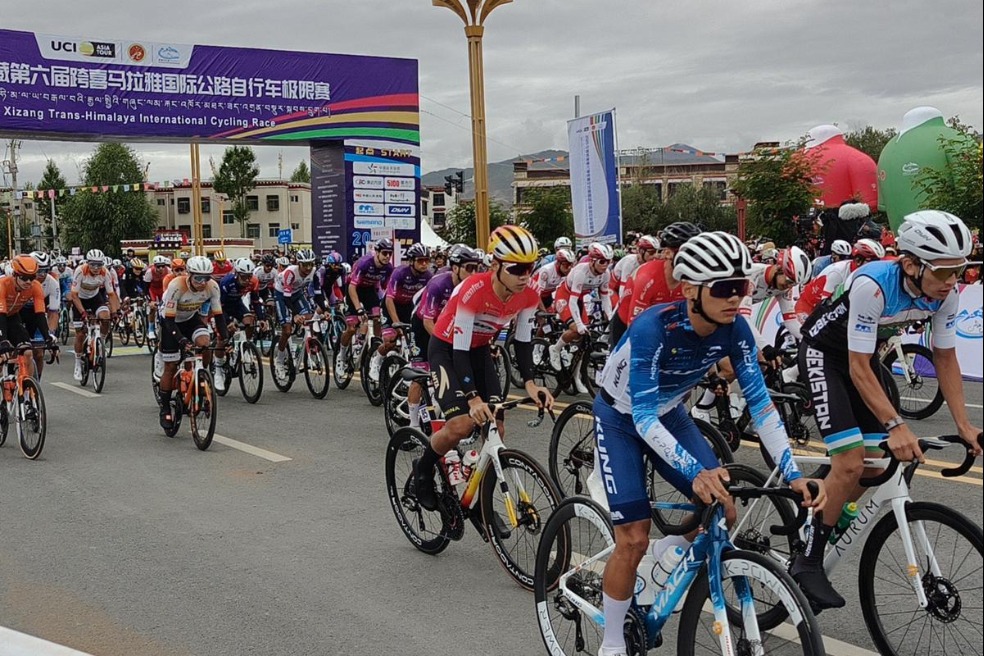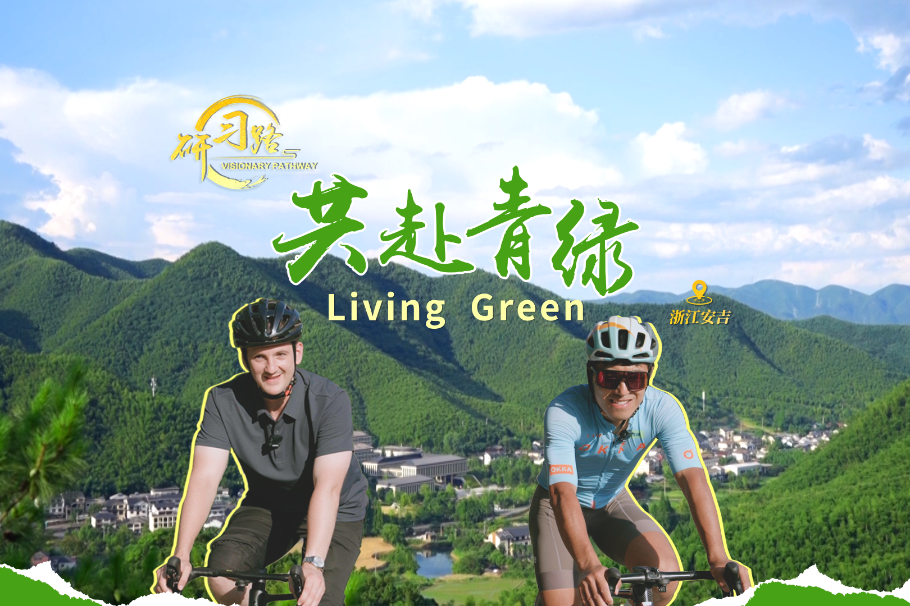Picturing a lost era
Exhibition examines how China was portrayed, literally, before photography boomed, Lin Qi reports.

The popularity of online travel blogs, vlogs and tourism guides has given new life to the use of a word previously associated with the very opposite of travel — workplace punctuality. Daka originally meant the act of punching the card when arriving and leaving the workplace, but has been appropriated to refer to the trend of visiting must-see attractions, such as scenic spots, restaurants famous for specific local delicacies and unique gift shops, and sharing them via text and photos on social media.
Back in the 19th century, however, before the advent of photography, the major way for travelers to record their daka was through painting.
Foreign merchants, shipowners and sailors who arrived at major ports in southern China often commissioned local oil painters to produce paintings of the coastal scenes, and took them back home as souvenirs.
Some of these professional painters were from Europe, the most reputed being George Chinnery, a British artist based in Macao. Some were Chinese who had learned Western art techniques. Among the works most highly sought after were those of Chinnery or his pupils, such as Lam Qua.
In addition to completing commissions from travelers, painters also earned a living by painting pictures for export to the Western market.
These paintings have been referred to as xiyanghua or yangfenghua, meaning the Western-style painting, a cultural product of the exchanges between the East and the West, prompted by the Maritime Silk Road and the sea routes of the Age of Discovery.
This unique interaction is highlighted at The Meeting of Chinese and Western Art, a touring exhibition that examines the images of 19th-century Guangdong province and Macao, two major destinations of the Maritime Silk Road.
This project initiated by the Macau University of Science and Technology has gained support from the China National Arts Fund. It has been opened at the Art Museum of the Central Academy of Fine Arts in Beijing, the first of its five planned stops, where it will run until April 20.
The exhibition marks the 25th anniversary of Macao's return to the motherland and the establishment of the Macao Special Administrative Region. It gathers 129 fine pieces of xiyanghua, mostly from the collection of the Museum of Contemporary Art, Yinchuan, in the Ningxia Hui autonomous region, which vividly capture the commercial and social hustle and bustle of Guangdong, largely Guangzhou, and Macao. It also shows dozens of maps of Guangdong and Macao at the time to reflect changing coastal scenes and people's varied perspectives of the world back then. The exhibition will travel to Tianjin, Guangzhou, Macao and back to Yinchuan.
New techniques
Western paintings were believed to have been brought to China by European envoys and missionaries around the 16th century, and the 18th and 19th centuries saw a boom in the production of Western-style art, increasing its influence in the country, according to Wang Lan, the exhibition's curator and an associate professor of the Faculty of Humanities and Arts, Macau University of Science and Technology.
He says the Western painters, then living in China, and their Chinese pupils, left a trove of xiyanghua — oil works, watercolors and gouaches — a valuable visual legacy, which "records the vibrant urban landscapes, folk customs and social luminaries in Macao, Guangzhou, Hong Kong and neighboring areas".
Western paintings and techniques were introduced to the imperial palace and impressed the incumbent emperors, who commissioned paintings of a similar style to document court events. Italian missionary and painter Giuseppe Castiglione is the best known figure to have contributed to this trend, first arriving in Macao and later serving in the court of the Qing Dynasty (1644-1911).
He came to the attention of Emperor Qianlong, an avid patron of the arts and an ardent collector. Castiglione was commissioned to depict the emperor in landscape paintings and stand-alone portraiture. The exhibition shows Castiglione's work, Portrait of Emperor Qianlong in Winter Suit, created with oil pigments but on paper.
Some other artists, like Chinnery, chose to stay in Macao and lived on commissions and trained local painters.
Besides painting merchant ships and coastal views, both Western and Chinese painters also revisited popular motifs, such as Chinese gardens and courtyards, and the daily life of women and children of the upper-class families living in these places.
While fusing the different techniques of Chinese and Western art, these works were sometimes created to show China as imagined by European buyers. For example, Chinese pavilions and bridges were unnaturally arranged in the composition of a Western courtyard, or Western buildings were placed in between the mountains and waters in China; and the faces of people look more like Westerners than Asians.
Liu Xiyan, a senior researcher of the Art Museum of Central Academy of Fine Arts, says these paintings highlight unique Chinese elements that would interest Westerners, such as the flower pots to decorate the gardens and interior spaces.
"These potted flowers enrich the views of the single-story residential houses while also showing the diverse vegetation in Lingnan region (areas surrounding Guangdong)," she says.
Pupils and competitors
When Chinnery taught his Chinese counterparts to create in the Western style, he might not have expected that, one day, these talented and hardworking pupils would outperform him, and even take over his market.
Devoted to painting from a young age, by the time he was 17, Chinnery began to make a name for himself when his work, a portrait of his father, was shown at the Royal Academy of Arts in London. He left England in 1802 to sail to India, and never returned. Decades later, he relocated from India to Guangdong and, eventually, Macao, where he lived out the rest of his days. Portrait painting was his main livelihood.
The practice of Western artists helped cultivate a generation of homegrown oil artists, who were also adept at executing watercolor and gouache. At first, they simply copied the works of their European teachers, and then, they learned quickly to paint their own pictures. Perhaps more importantly, they produced them quickly and in large quantities while charging less.
Lyu Peng, art historian and academic host of the Museum of Contemporary Art, Yinchuan, says xiyanghua revealed to the world the life and living environment of the Chinese at that time. However, as photography was introduced to China around the mid-1850s, it gradually overtook these paintings as the main way European visitors documented their experiences. Demand for trade paintings waned, and many painters made the transition to other professions.
"We hope that this touring exhibition will introduce to the general public not only the paintings and those who made them, but also the little-known story of the mutual influence and infusion of diverse cultures," Lyu says.
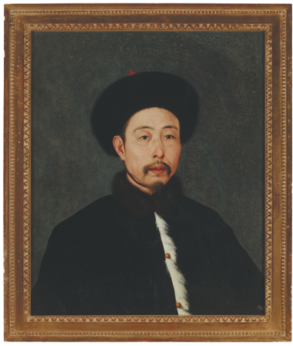
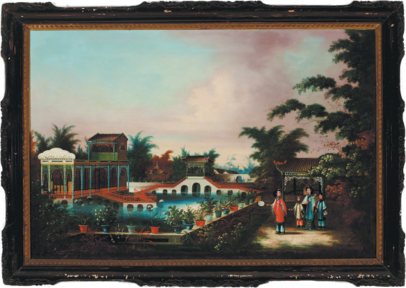
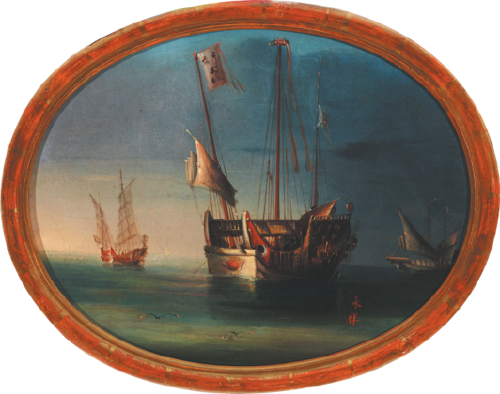
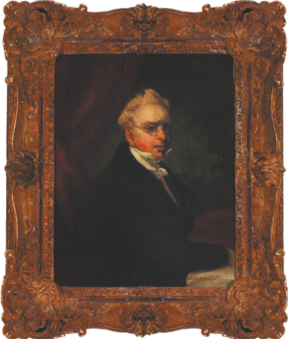


Today's Top News
- Chengdu games hailed as the new benchmark
- Xi, Lula pledge to deepen China-Brazil cooperation
- China, US reach deal to extend tariff suspension
- Demand for?Nvidia’s H20 chip lackluster
- Washington not incarnation of justice: China Daily editorial
- Tariff truce gains time for talks although some tough issues remain to be resolved
















